#7117
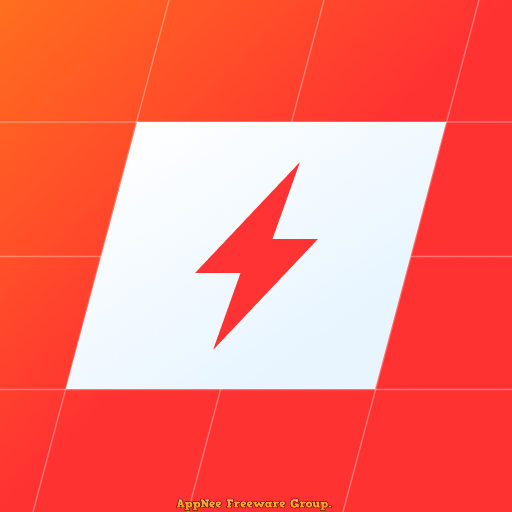
mySolarEdge is a comprehensive platform designed to optimize solar energy management and enhance the efficiency of solar power systems, developed by SolarEdge Technologies from Israel. This innovative solution provides users with real-time monitoring capabilities, allowing them to track the performance of their solar installations effectively.
Loading...
Loading...
Loading...
Loading...
#6480
WinStars is a free and very excellent virtual planetarium application for Windows, Mac, Linux, Android, iOS and Raspberry Pi platforms, developed by Franck RICHARD from France. It can be regarded as one of the most thoughtful and professional three-dimensional solar system simulation observation tools to date, and is suitable for teaching, entertainment, and viewing.
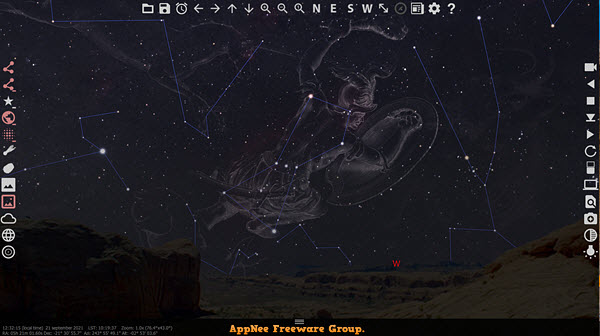
Loading...
Loading...
Loading...
Loading...
#6376
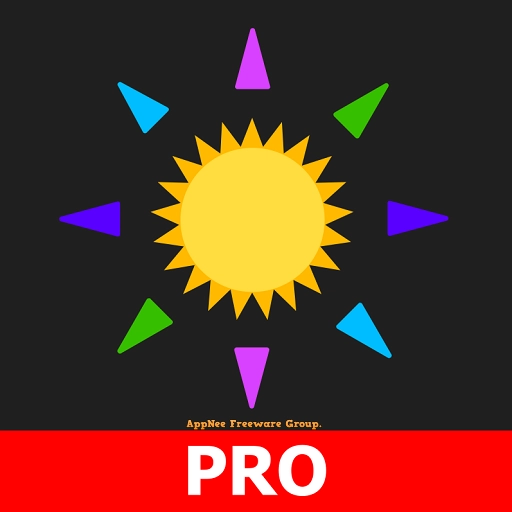
SolarCalc is an app created for the developer himself and Android users who are interested in the solar energy and electrical category, developed by SolarElectroCalc (Asanele Junior) from India. It can do almost all types of solar photovoltaics related calculations with important data such as solar irradiance and photovoltaic tilt angle.
Loading...
Loading...
Loading...
Loading...
Loading...
#6280
Solar Master is a solar energy calculator application for Android, developed by Afeef Mohammed from Yemen. It can easily and accurately calculate the needs of solar and power systems, such as the correct angle and orientation of solar panels, the number of solar panels and batteries required, the size of power inverter/UPS, controller and charger, and how to connect the solar panels in series and parallel with the battery according to the voltage of system/inverter.

Loading...
Loading...
Loading...
Loading...
Loading...
#5566
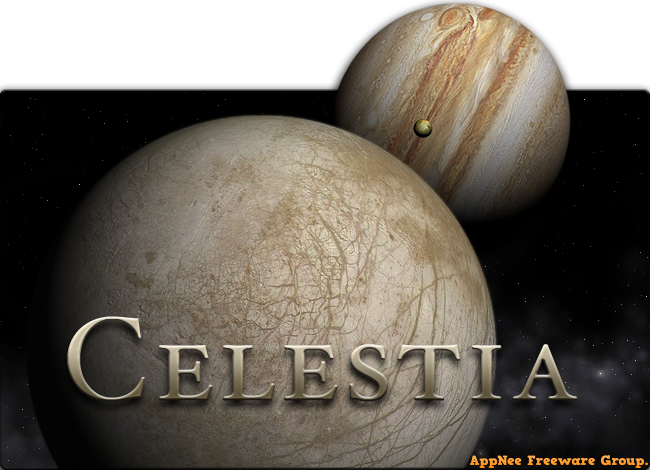
Celestia is a free and open-source 3D astronomy simulation software for Windows, Mac, Linux, Android and iOS platforms. Its real-time space simulation lets you explore and experience our universe in three dimensions. Celestia combines massive astronomical data information with high-resolution images, and has rich plug-ins support and convenient operations. These make it popular with users.
Loading...
Loading...
Loading...
#5475
Meteorological data includes the conventional ground meteorological data and the solar energy resource radiation data. In the actual development of photovoltaic power generation projects, most investors use the radiation data from relevant meteorological databases to calculate the photovoltaic power generating capacity. At present, NASA and Meteonorm are the main sources of solar energy radiation data for early site selection and revenue estimation of photovoltaic power stations. They are the industry standard of solar resource query software in the photovoltaic industry.
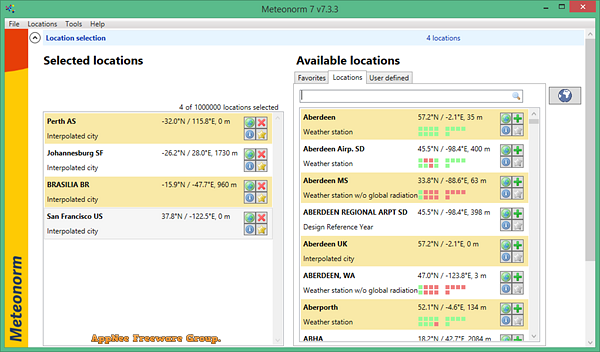
Loading...
Loading...
Loading...
Loading...
Loading...
Loading...
#5474

PVsyst is a famous solar photovoltaic system design software for simulation design and data analysis, developed by PVSyst from Switzerland. As a fully-functional photovoltaic system simulation software, it is able to carry out modeling and simulation of the photovoltaic power generation system, analyze various factors affecting the electric energy production, and finally calculate the generating capacity of the entire photovoltaic power generation system. It is a software package commonly used in the photovoltaic industry for completely researching, measuring, simulating and analyzing the photovoltaic systems.
Loading...
Loading...
Loading...
Loading...
Loading...
Loading...
#4708
Gaia Sky is a free, open-source and cross-platform (based on Java) 3D astronomy visualization software developed by ZAH, Universität Heidelberg from Germany. It is designed to map about 1 billion fixed stars in the Milky Way where our planet is located, based on the framework of ESA's Gaia mission, and supports VOTable, FITS, CSV and all formats supported by the STIL library.

Loading...
Loading...
Loading...
Loading...
#4117
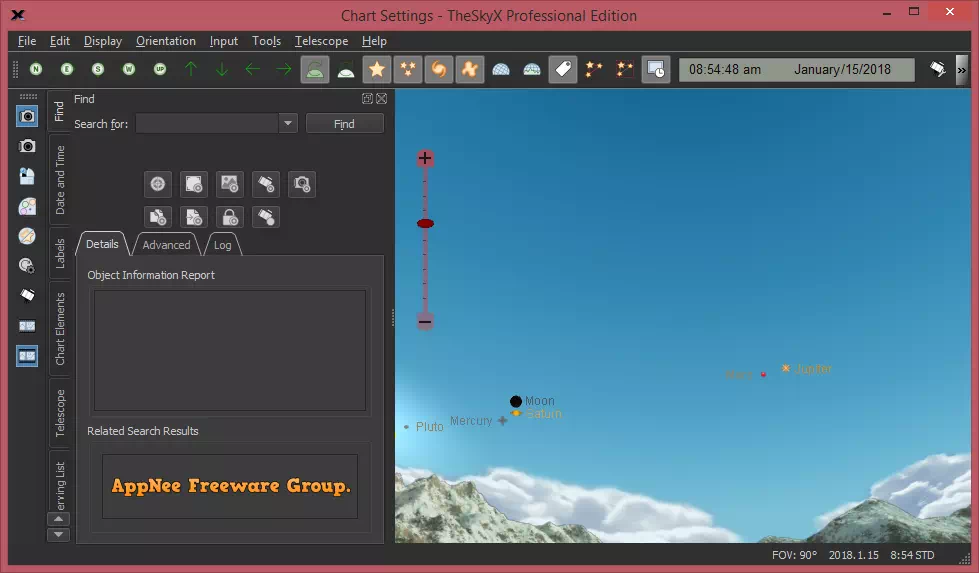
TheSkyX is a very powerful and popular astronomical telescope support software that contains an array of tools for advanced or amateur astronomers. It can simulate the starry sky in real time, adjust the time or location at random to see different sky scenes. Plus, it is capable of simulating all sorts of motion of the celestial bodies, as well as the astronomical wonders such like solar eclipse and lunar eclipse.
Loading...
Loading...
Loading...
Loading...
Loading...
Loading...
Loading...
#4109
Microsoft WorldWide Telescope (WWT for short, now called AAS WorldWide Telescope) is a free and open-source virtual, visualized digital planetarium project (including application, data and cloud services) for both web browser (based on HTML5 and WebGL) and Windows desktop. It was originally created by Microsoft Research in 2002, and is now managed by the American Astronomical Society, and supported by grants from the Gordon and Betty Moore Foundation and National Science Foundation.

